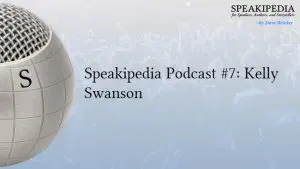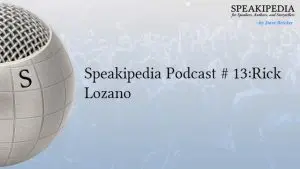What should I do with my hands when I speak?
The first way to answer this is to consider what you shouldn’t do with your hands.
Sometimes nervous energy “bleeds” into our hands and we don’t even know it. We see speakers clasping their hands in front of their bodies. Some people unconsciously play with their hair or pinch their chins.
Step one is to be conscious of what your hands are doing.
Use your hands to make deliberate gestures. If you’re unconsciously waving your hands around, you might be distracting your audience from your message.
And the rest of the time…
Let your hands drop to your sides; they’ll be there when you need them, and that will cue the audience to focus on your words and on your face.
Or, if it feels “stiff” to keep your hands at your sides, some speakers like to keep their hands low and their palms facing outward in a subtle gesture of giving.
This feels a bit contrived to me but it has its merits.
Most important: be yourself.
If you’re one of those people who naturally talks with your hands, energy wasted on self-conscious restraint will probably harm your performance.
If you’re naturally subdued, practice a few basic hand gestures to add to your presentation.
Count your three points on three fingers.
Make a fist when you share an angry moment.
Put your hands together during a moment of desperation.
Gestures like these are natural and intuitive, and they’re connected to your words and not to any unconscious expression of nervousness.
As with many elements of stagecraft, if you work on effective hand gestures during rehearsal, they’ll soon become natural elements of your performance vocabulary.





